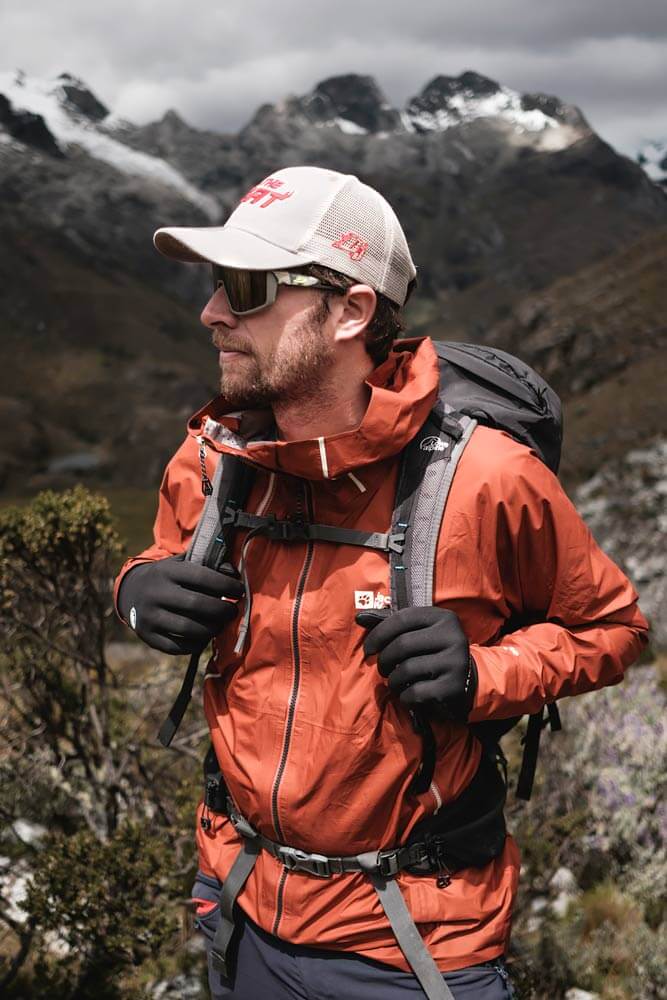My name is Nicolas Castermans. I was born in the French Alps, in a little countryside village on the border with Switzerland. I turned 31 years old last June (2022).
At the age of 21, I went abroad. I did a Masters degree in International Business in China, where a real passion for traveling was born in me. I spent every spare moment that I had, with an amazing group of friends, discovering this huge country and South-East Asia. I explored this continent for about 3 years and this is where I lived my first real adventures, like Vietnam on motorbike, or traveling 14,000 km from Hong Kong to France, via the Trans-Siberian train.
During this trip, I had the chance to meet Izabela, a wonderful Polish traveler, who made me the honor of becoming my wife 5 years ago.
Together, we decided to go to South America, and after a year in Peru, we set up our own travel agency there.
While developing this activity and guiding our first clients, I started to photograph and document what I was experiencing. Slowly, photography became a real passion !
We’ve been now on the continent for about 6 years. I can’t stop being fascinated by the diversity of cultures and landscapes in the Andes.
Since February 2021, we’ve embarked on a motorcycle trip in Colombia that has taken us to Northern Argentina so far, while keeping organizing/guiding trips for our travel agency. I’ve also developed Photo Tours on the continent that I lead myself.
Who knows where all these adventures will take us in the near future...
